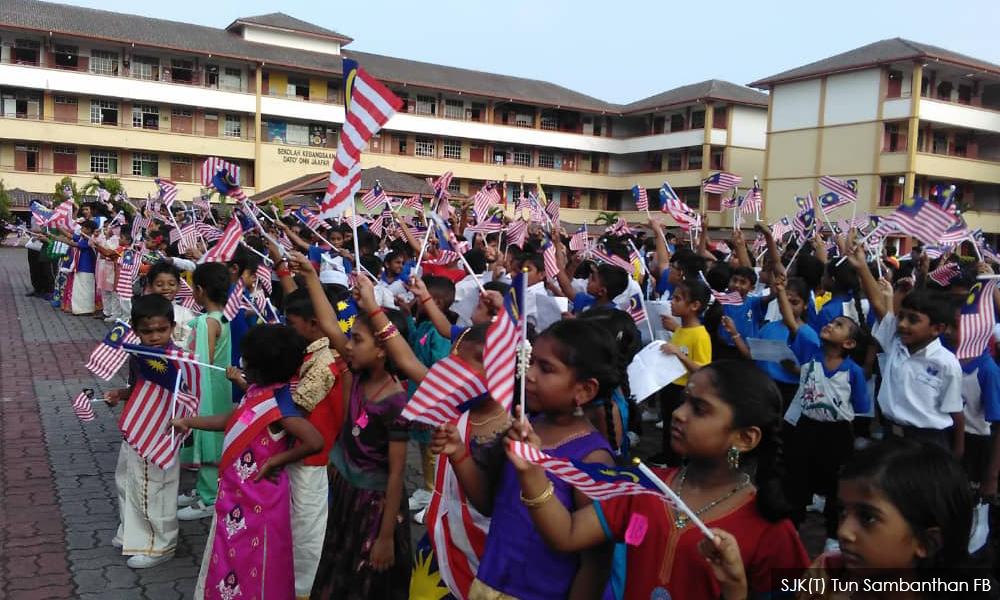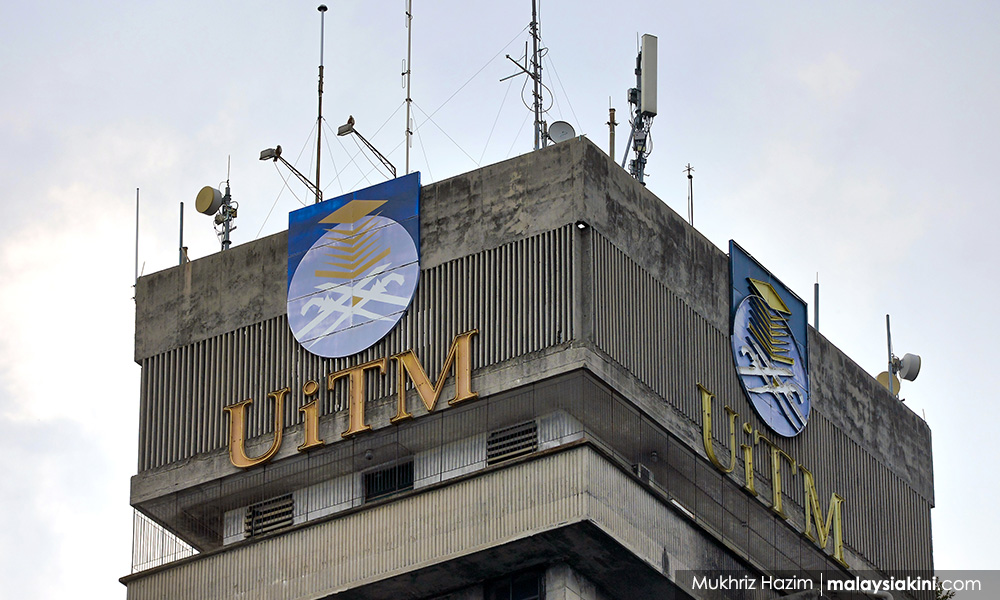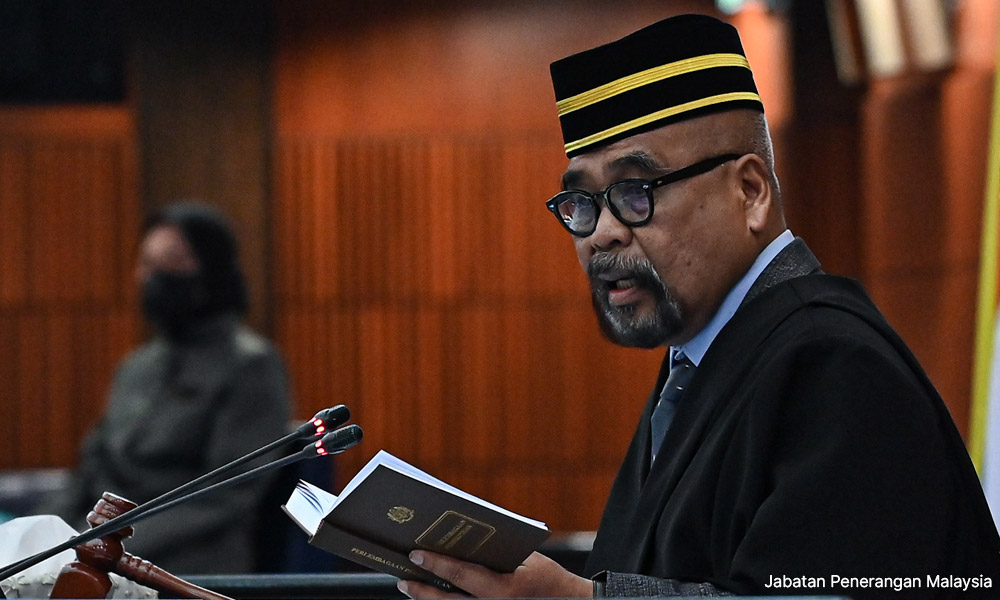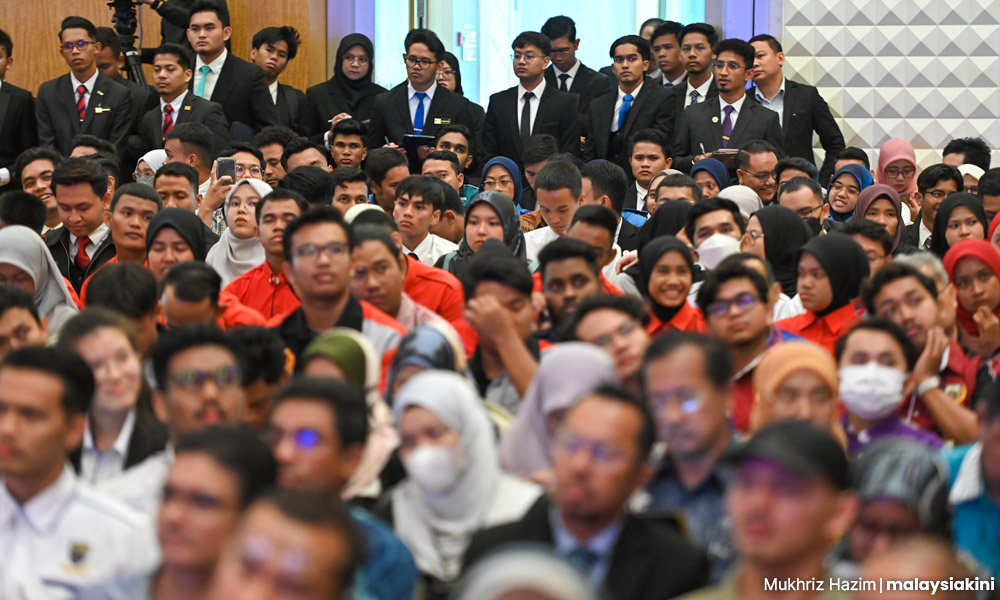Schools in Malaysia are starting their new academic year. I thought that by the end of the year, we would once again hear about ethnic minority students not getting their desired course or scholarship they want and the ensuing - often polemical - debate about preferential treatment to enter matriculation and public university.
It turns out we did not have to wait long. The academic year 2024-2025 kicked off with Umno Youth calling for a “review” of vernacular schools and the introduction of a single-stream education system.
Their statement ended with an almost noble call for diversity, “the time has come for Malaysia to end the separation and isolation”.
But who is separating and isolating themselves? If we are honest about ending separation - if indeed national unity is our common interest instead of ethnic domination - then perhaps all of us must look in the mirror and examine how our behaviours contribute to segregation.
That schools can be such a politically divided issue should be unsurprising to Malaysians considering we are a nation that has torn its head apart on education matters since the beginning.
Remember the Barnes Report, Fenn-Wu Report, and Razak Report in our history textbooks? The question of - or tension about - parallel school systems has never been settled in our 60-plus years of independence.

Just recently, several NGOs sought the courts to ban Chinese and Tamil vernacular schools. They lost.
For all their faults (e.g. strict regimentation and rote learning), vernacular schools are at least publicly open for anyone to enrol.
The same cannot be said of state-funded boarding schools (SBP) (bumiputera-only) and Mara Junior Science Colleges (MRSM) (90 percent bumiputera and 10 percent non-bumiputera quota).
Will those who call for the closure of vernacular schools do the same for SBP and MRSM to be “integrated”?
In fact, there are Chinese vernacular schools which have Malay students as a majority - is there any MRSM or SBP that is non-bumiputera majority?
How about matriculation (90 percent bumiputera, 10 percent non-bumiputera) and Universiti Teknologi Mara (UiTM)?
Critics often deflect the UiTM example because, the argument goes, many other public universities are open for minority groups and only one university (UiTM) is reserved for bumiputera.

Data tell us why the comparison is not apt: UiTM is not equivalent to any one university - it has one main campus and over 30 satellite campuses with student enrolment which is five times the number of Universiti Malaya students.
Put together the total number of students in bumiputera-only education institutions (primary, secondary, and tertiary education combined) and the total number of students in Chinese and Tamil vernacular schools (plus Universiti Tunku Abdul Rahman maybe, even though their enrolment is open for all), do we not see the mutual culpability of segregation?
Put it another way in Malaysia’s context: is segregation only a problem when minorities do it? Is segregation not a problem when the state sponsors it?
Diversity remains a challenge not only for vernacular schools and national schools, but also SBPs and MRSMs, which are fully or partially funded by the public.
The country’s first Orang Asli MP Ramli Mohd Nor, who is also the deputy speaker of the Dewan Rakyat, shared his dismay at their share of enrolment in MRSM and appealed to the delegates at the 2024 Bumiputera Economic Congress that there should be at least one percent allocation given to Orang Asli to pursue studies in MRSM.
In fact, this whole bumiputera concept needs unpacking, or deconstruction. An interesting component is how the state “guards” the boundary of “bumiputera-ness”.

Consider the Indian-Muslim community. I once got into trouble with right-wing trolls for tweeting that within one generation of her parents migrating to the US, Kamala Harris rose to become the country’s vice president whereas multiple generations of the Indian-Muslim community have long assimilated in this country but could not enrol into UiTM because they are not recognised as bumiputeras.
To my surprise, a former schoolmate (an Indian-Muslim himself) who has not been in touch for a long while contacted me afterwards saying the tweet was being widely shared among his community and family Whatsapp groups, who resonated with being discriminated against despite having assimilated.
Former prime minister Najib Abdul Razak tried to include Indian Muslims into the bumiputera category but he reversed gears after receiving backlash from conservatives.
Some Indian Muslims have enrolled in MRSM or matriculation, either as part of the 10 percent non-bumiputera quota or granted individual exceptions, but as a bloc, the community has yet to attain bumiputera privileges.
As the community lies in between the (vague) boundary of bumiputera-ness and non-bumiputera-ness, will they appeal to be included in the bumiputera group, or identify in solidarity with all those who are left out of that group?
Deciphering the bumiputera concept
This political calculus-ness of the bumiputera identification goes back to the origin of its usage in policymaking. Bumiputera-ness is not legally or constitutionally defined.
The concept of bumiputera is a political construction requiring only government directives for policy change to alter which group(s) to include and exclude in the “bumiputera” category.
According to the late Khoo Kay Kim, the term “bumiputera” was created in 1963 to refer to the natives of Sabah, Sarawak, and Malaya.
The term took a concrete policy form when the New Economic Policy (NEP) was launched in 1971.
It was a politically savvy move by the Razak administration to court Sabah and Sarawak natives (whose leadership had previously joined forces with Lee Kuan Yew at the Malaysia Solidarity Convention in 1965) to side with the Malay political leadership under the broader “bumiputera” umbrella group rather than with the other minority groups in a Malay-dominant political structure.
If one day the Indian-Muslim community finally gains the bumiputera recognition they have been championing for decades, they would gain access to the SBPs, MRSMs, and UiTM - the bumiputera elite schools.
However, that would mean people like me and my friend would not have met each other at a national school.

During the late 1990s, almost all my cousins attended Chinese vernacular schools but because there was a newly opened school near our home, my father decided to send me to an ordinary, national primary school.
That decision, borne out of convenience, had a significant impact on my life trajectory and circle of friends. Multiracialism has always been a fact of life in my upbringing, whether in our Indian-majority flat, Malay-majority school, or Chinese relatives.
When I got into matriculation, some new friends looked at me strangely. It was not hostility in their eyes but curiosity and near-excitement at meeting someone new.
Soon, I discovered that they were from rural areas where their schools and neighbourhoods were entirely Malay. I was their first non-Malay friend.
I did not know how to “process” this back then but now I took two life lessons out of those incidents. It is unfair to assume that everyone gets the chance to grow up in the same environment (monoethnic or multiracial), hence we cannot expect everyone to socialise similarly.
More critically and disturbingly, I came to realise that choosing a school for our children in a segregated school system is one of the most political decisions we will ever make in our lifetime. - Mkini
OOI KOK HIN is a political sociologist who dabbles in civil society and reads Malaysiakini.com.
The views expressed here are those of the author/contributor and do not necessarily represent the views of MMKtT.



No comments:
Post a Comment
Note: Only a member of this blog may post a comment.